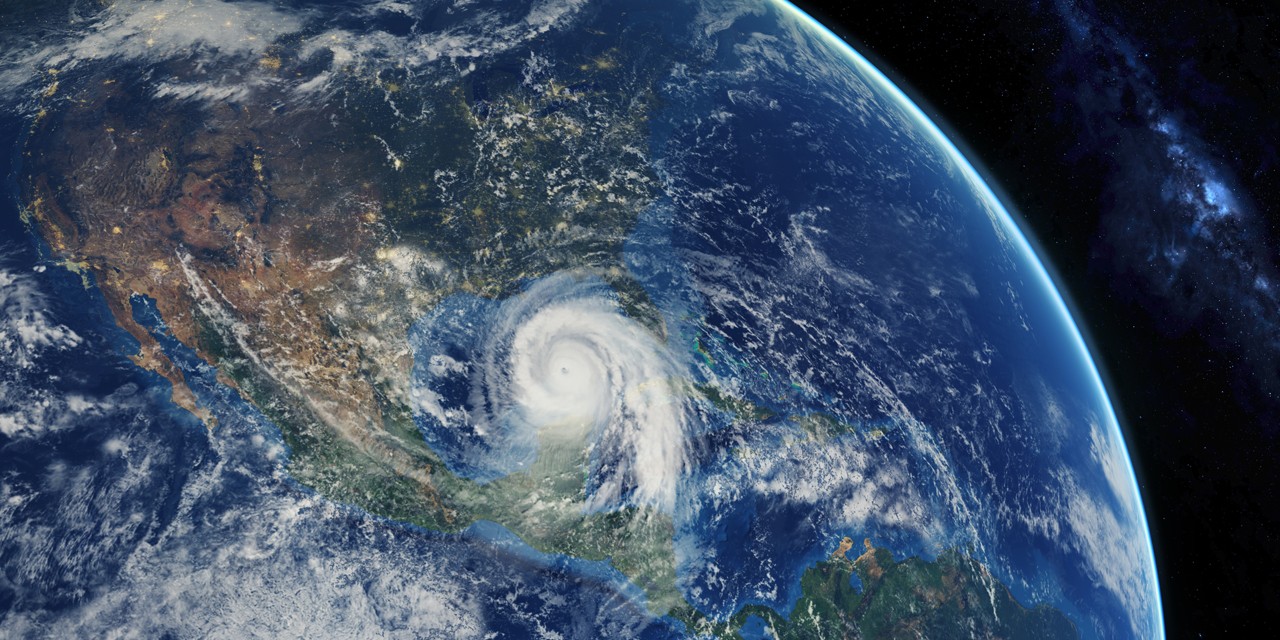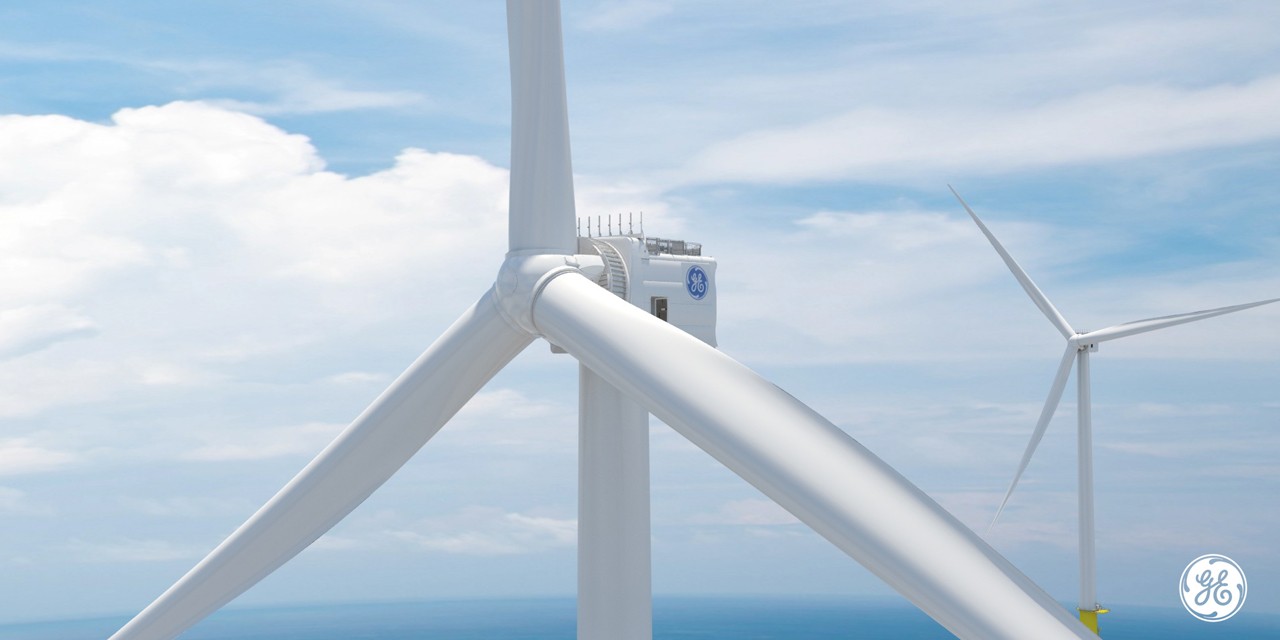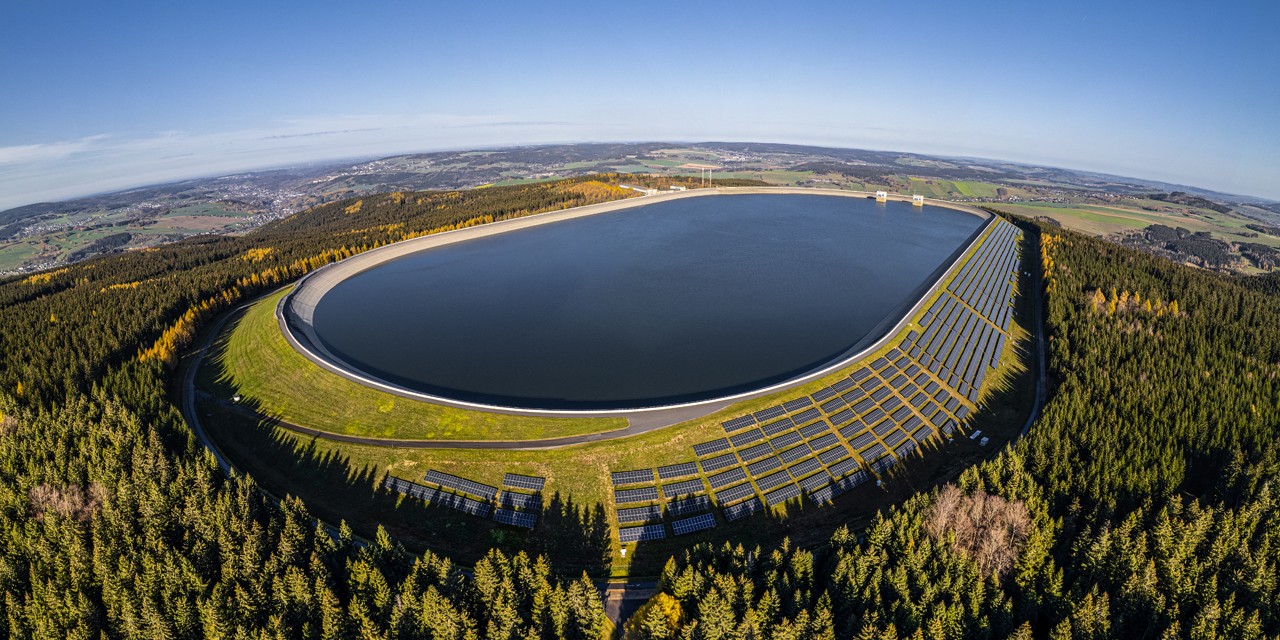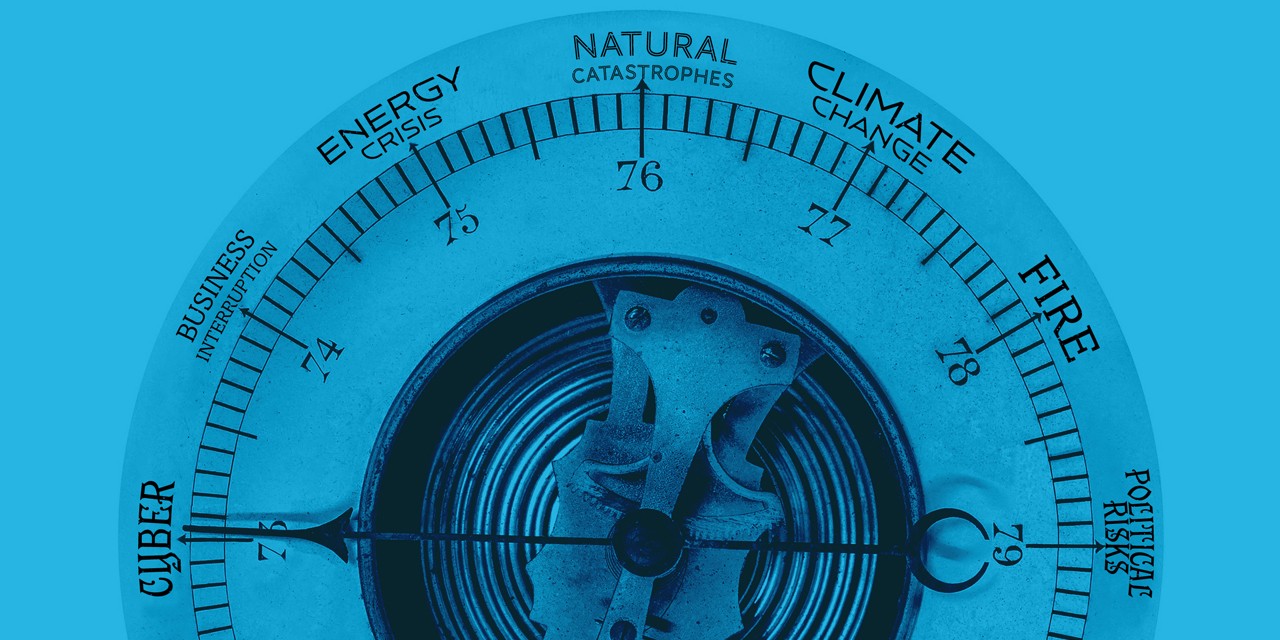- India is the third most attractive renewable energy market in the world and has a huge solar energy development potential.
- Currently, India produces less than 10% of the energy it could potentially generate using wind or solar resources, but the country aims to generate 75% of its electricity from renewable energy sources by 2050.
- Barriers to solar development include high local financing costs and local insurance premium as well as a lack of familiarization with the technology.
1. Introduction
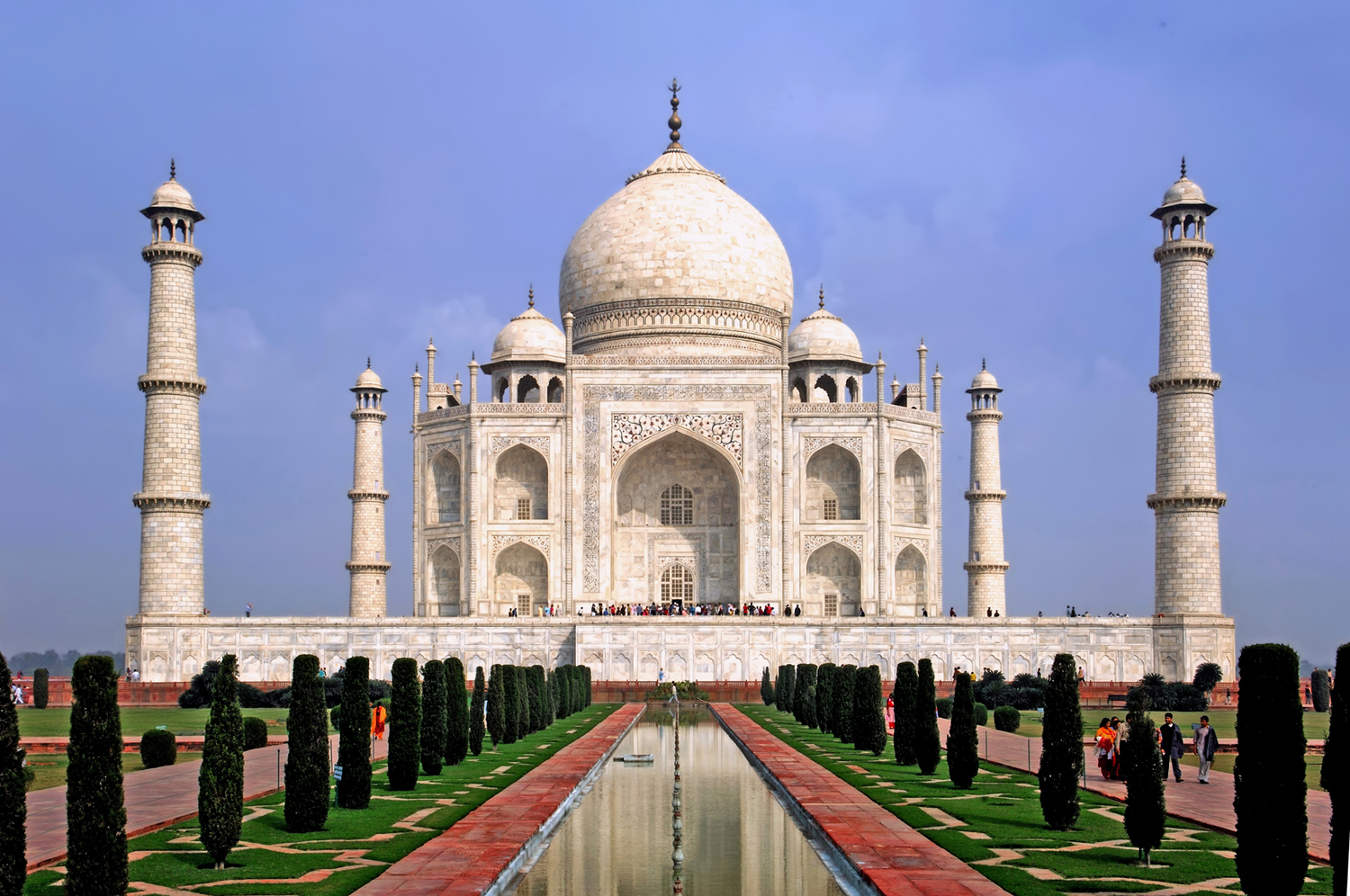
2. India’s need to change its energy mix
In India’s current energy mix, thermal power (Oil, Gas and Coal) still adds up to 64% of the total energy capacity.
Emissions-related health concerns are increasingly receiving the attention from governments all around the world, and especially in India. Actions to improve air quality and also increase the amount of renewable energy are being developed.
For example, in only two years, a scheme developed by India’s Ministry of Power has provided some 37 million women living below the poverty line with free Liquid Petroleum Gas connections to switch to clean household energy use. According to Ajay Mathur, Director General of the Indian Energy and Resources Institute, the installed generation capacity of coal-based power will peak in 2026 and should reduce to negligible levels by 2060.
Total Installed Power Capacity in India (as on 31.10.2018): 346.048 MW RES (Renewable Energy Sources) include Small Hydro Project, Biomass Gasifier, Biomass Power, Urban & Industrial Waste Power, Solar and Wind Energy.
Swipe to view more
| Category | Energy capacity | Percentage |
| Coal | 195.993 MW | 56,6% |
| Gas | 24.937 MW | 7,2% |
| Oil | 838 MW | 0,2% |
| Nuclear | 6.780 MW | 2,0% |
| Hydro | 45.487 MW | 13,1% |
| RES | 72.013 MW | 20,8% |
| Total | 346.048 MW | 100% |
3. Current solar development
One initiative promoted by the Indian Government has been the development of solar parks. Solar parks are concentrated zones, dedicated only to the development of solar power projects. This step will encourage developers to set up more solar power projects in India. The Indian government plans to set up more than 25 solar parks in the next 5 years, each with an installed capacity of more than 500 MW.
A report from Desert Power India further reinforces the need for centralized support for large scale solar development. This report showed that for medium and small scale projects, a high amount of capital investment is required in setting up supporting infrastructure like transmission lines, development of the site and other necessary amenities. Large scale systems therefore offer economies of scale to overcome such cost impediments.
Even though India has ambitious plans to achieve their solar targets, the country still has to overcome many constraints faced by large solar developers for becoming a top solar power producing country. One alternative being explored for utility scale power plant is to use the water-surface area on canals, lakes or reservoir for large solar-power plants. These water bodies can also provide water to clean the solar panels and also help saving water from evaporation, which effectively addresses two infrastructure needs with a single solution.
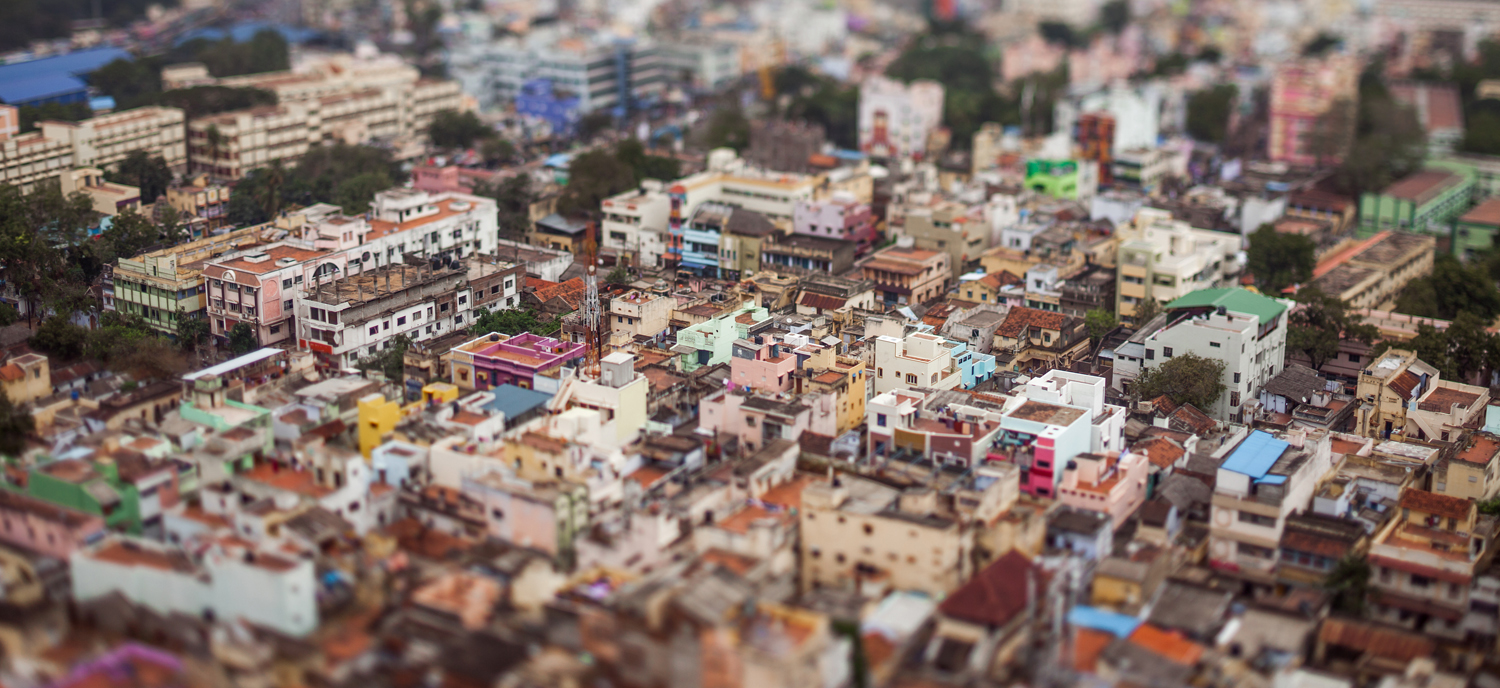
4. Solar Generation Potential in India
It is estimated that by 2050, solar and wind technology will provide almost 50% of total electricity produced globally.
So far, India is producing less than 10% of the energy it could potentially generate using wind or solar resources. But capacity is expanding. According to Bloomberg’s New Energy Outlook 2018, falling costs make renewables increasingly competitive with fossil fuels, with new solar and wind now 20% cheaper than the average wholesale price for existing coal-fired power. The transition away from fossil fuels is supported by government targets as well as changing markets. India’s Central Electricity Authority has proposed the closure of nearly 50GW of coal-fired capacity by 2027.
The country’s plan to become one of the largest solar power markets in the world has received a massive boost as the latest estimates of its solar power potential show. The National Institute of Solar Energy in India has determined the country’s solar power potential capacity at about 750 GW. For this estimation, it is assumed that 3% of the available land which is neither fit for any agricultural purpose nor for residential purpose (i.e., it is “wasteland”) is used for future solar power projects.
According to the National Remote Sensing Centre, there are around 47Mn hectares of wasteland available in India. Another benefit of constructing a utility scale power plant in India is, that the effect of external costs (e.g., pollution, installation time, water consumption, fuel supply risk) is minimized compared to conventional power sources.
One of the most important factors influencing solar power establishment is the availability of solar radiation. The geographical location of India is beneficial for generating solar energy. There is solar radiation almost throughout the entire year and nearly all parts of India receive more than 4 kWh of solar radiation per square meter which adds up to 3000 hours of sunshine per year.
Approximately 3.2 hectares of land are required for each MW of installed solar generation capacity. Therefore India is an ideal country for development and installation of utility scale power plants because of the availability of potentially exploitable resource. This makes India the third most attractive renewable energy market in the world alongside China and the USA.
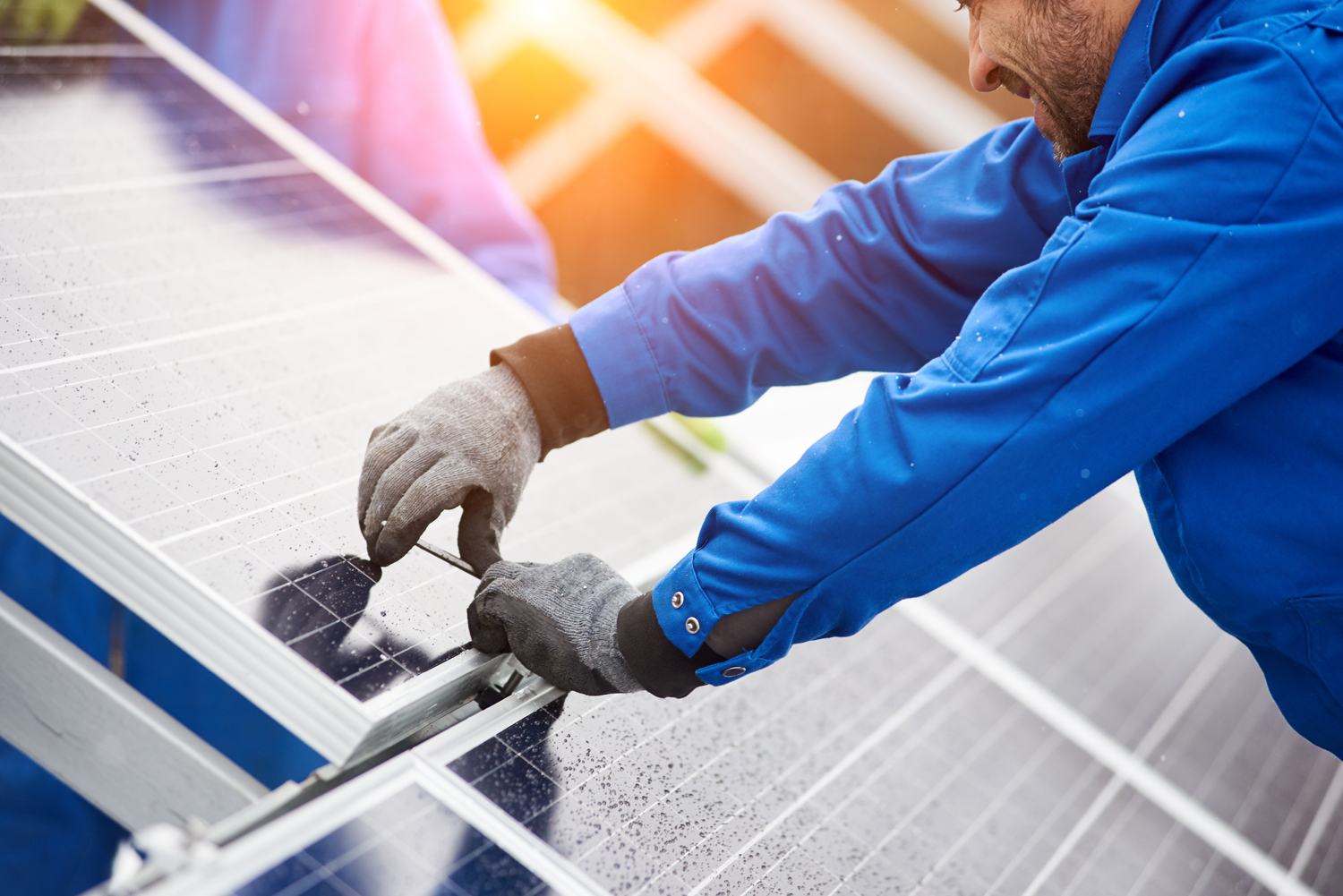
5. Barriers to large scale solar development in India
Four broad barriers to solar development in India have been identified:
- A general lack of R&D and modern manufacturing facilities for setting up a large scale solar power plant has been identified. India has tried, over the last few years to overcome these bottlenecks but other problems such as lack of local awareness and familiarity among financiers (which can hinder financial support), a lack of long term policy clarity and poor product quality have been identified as potentially undermining the effort. Facilities in India have not reached the production capacity of other states such as Germany or China. Hence, India depends on foreign suppliers and foreign solar market to meet the solar PV requirements.
- Solar projects require a high investment at the beginning and have longer payback periods, largely due to the high cost of debt identified in India for such projects. This issue raises the cost of renewable energy in India by more than 25% compared to similar projects financed in Europe or the USA.
- Transparency and accountability are also barriers to overcome. In 2018, India was ranked 78th in the Transparency International's Corruption Perceptions Index. As stated in an article from Renewable and Sustainable Energy Reviews, about 28% of developers said that they were forced directly or indirectly to pay bribe during the process. The article also states that 70% of the solar power developers think that it's difficult to do business in India as compared to many other countries and they will give less priority for investment in India. According to them 60% of the total duration of the solar project is used in taking approvals, grants, inspection, and land acquisition. As reported by the World Bank, India ranked 130th in ease of doing business index among 185 countries. Thus, there is a very big scope of improvement in order to provide a conducive environment for large scale solar power developers.
- Various infrastructure-related issues can arise in the Indian context. The land acquisition process in India is very complex and therefore it can take considerable time to acquire the land needed for a project. In many cases, the allotted land might not be very well connected with roads or railways and therefore transportation of solar PV panels is very difficult. Panels have reportedly been broken in transportation, or suffered delays and damage from exposure to the natural elements.
Transmission and distribution losses are another major infrastructural barrier for a centralized large-scale solar utility sector. However, such limitations also apply to large scale centralized generation from traditional sources. This “barrier” might in fact serve as an incentive for small scale solar proliferation.

6. Insurance related barriers in the solar market
Solar energy is still considered an emerging technology in the Indian context and there are some barriers for insurance providers in particular to overcome. When it comes to barriers in terms of insurance business, a report from the National Renewable Energy Laboratory (NREL) shows the main challenges insurers have to overcome to successfully gain stakes in the renewable energy industry. The report highlights the follows:
“The fledgling nature of the renewable energy industry makes obtaining affordable insurance challenging. These challenges include insurers’ unfamiliarity with PV technologies, a lack of historical loss data (i.e., insurance claims), and limited test data for the long-term viability of PV products under real-life conditions. The lack of information and insight about the solar PV industry contributes to perceived risk associated with the technology and installation techniques among insurance underwriters and brokers, which leads to higher premiums than would likely prevail in a more mature market.”
7. Solar energy in India - 2022 and beyond
Various large projects have been proposed in India in the past few years. In 2010 India launched the Jawaharlal Nehru National Solar Mission (JNNSM) with the objective of achieving grid parity by the year 2022.
The government set a target of 97 GW of solar generation to be deployed. The target capacity will principally comprise 40 GW of Rooftop and 57 GW through Large and Medium Scale Projects. With this target, India will become one of the largest green energy producers in the world, surpassing several developed countries.”
Additionally, India increased its solar power generation capacity by nearly 5 times from 2,7 GW in 2014 to 12,3 GW in 2017. The country added 5,5 GW in FY16 and 9,4 GW in FY17, yields a growth of 76%.
By September 2018 the total installed capacity has already reached 26 GW. Projects of around 10 GW are under implementation, and approvals for an additional 24,4 GW have been issued, which will strengthen the role of solar energy in India.
Bloomberg New Energy Finance (BNEF) estimates in its NEO 2018 report, that India will generate 75% of its electricity from renewable energy sources by 2050. As mentioned above, wind and solar energy is expected to dominate by then. This will lower India’s emissions by 22% compared to now.

Annual targets (in GW)
Swipe to view more
| Category | FY16 | FY17 | FY18 | FY19 | FY20 | FY21 | FY22 | Total |
| Rooftop Solar | 0,2 | 4,8 |
5 |
6 | 7 | 8 | 9 | 40 |
| Ground Mounted Solar | 1,8 | 7,2 | 10 | 10 | 10 | 9,5 | 8,5 | 57 |
| Total | 2 | 12 | 15 | 16 | 17 | 17,5 | 17,5 | 97 |
The role of AGCS
The enormous potential digitalization offers for building a sustainable future also pose short and long-term risks. Insurers provide traditional risk transfer for emerging technologies and associated risks by providing insurance solutions such as business interruption or cyber. Moreover, AGCS supports its clients to identify and assess material risks and develops recommendations on how to mitigate these risks. In a fast changing world, AGCS identifies emerging issues and develops risk management strategies.
Our consulting team is available at: AgcsSustainability@allianz.com
We are dedicated to deliver the best possible solutions to the management, control and reduction of risks.
SOURCES
1. AGCS ESG Risk Briefing, Q1 2018
2. Bharat Singh, Onkar Singh, “Future Scope of Solar Energy in India” - July 2016
3. BloombergNEF, “New Energy Outlook 2018” - 07 January 2019
4. Ernst & Young Renewable Energy Country Attractiveness Index (RECAI), “RECAI Issue 52: index scores” - October 2018
5. Government of India: Ministry of Power, “Power Sector at a Glance ALL INDIA” - February 14, 2019
6. Government of India - Ministry of New and Renewable Energy (MNRE), “Annual Report 2016-2017” - 07 January 2019
7. Government of India - Ministry of New and Renewable Energy (MNRE), "Scaling up of Grid Connected Solar Power Projects") - July 2015
8. International Energy Agency, “India Energy Outlook. World Energy Outlook Special Report” - November 2015
9. Mercom India, “Share of Solar Rises to 7.46% of India’s Total Installed Power Capacity. Renewables comprise ~21.41 percent of India’s total installed capacity” - 17 December 2018
10. National Renewable Energy Laboratory (NREL) – Insuring Solar Photovoltaics: Challenges and Possible Solutions - February 2010
11. Outlook India, “Renewables to be preferred energy source by 2030: Report” - 14 February 2019
12. Power Grid Corporation of India, “Desert Power India – 2050” - December 2013
13. Power Technology, “The road to 100GW: lighting up India with solar power” - 17 December 2018
14. Renewable and Sustainable Energy Reviews
15. “Solar power utility sector in India: Challenges and opportunities”, p.2703-2713 - July 2017
16. Shrimali, Nelson, Goel, “Energy Policy 62: Renewable Energy deployment in India. Financing costs and implication policy. Energy policy” November 2013; 28-43
17. The Economic Times, “The roadblocks in India's efforts to be world's greatest solar energy success story” - 17 December 2018
18. The Times of India, “At 62.8 GW, India using just 7% of renewable energy potential” - 17 December 2018
19. Vikaspedia Portal, “Pradhan Mantri Ujjwala Yojana” - 14 February 2019
20. World Health Organization, “WHO Global Urban Ambient Air Pollution Database” - 14 February 2019
Allianz Group companies
AGCS offices
Newsletter
Keep up to date on all news and insights from AGCS

